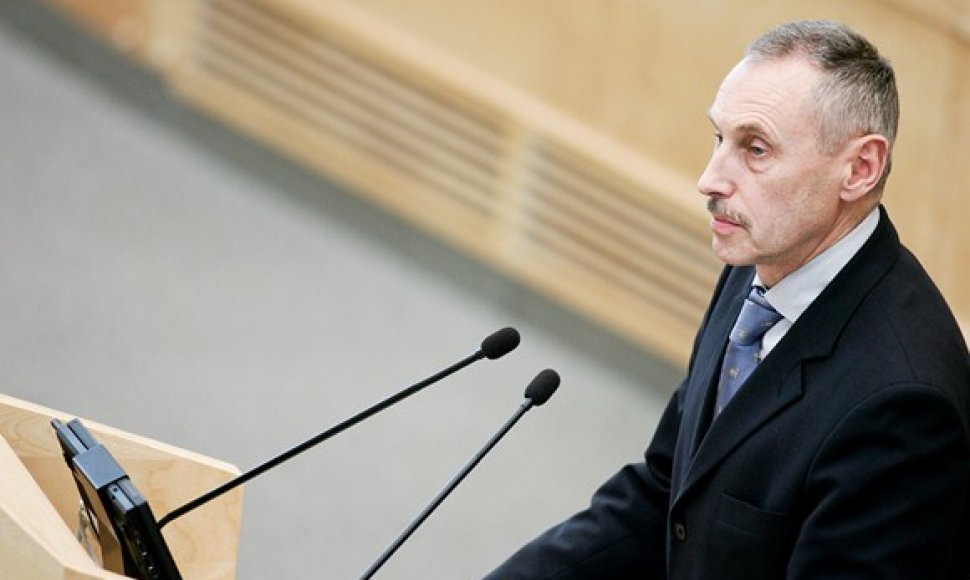"Our objective and task is to agree that the production costs at Visaginas were from 7 to 10 Lithuanian cents. They should cover operational costs, fuel costs and all closure costs," the minister said at a conference Economy of Lithuania 2012.
In his words, even with the addition of capital costs, the electricity price will not reach the levels the country has today.
In his words, calculations suggests that after the new nuclear utility is operational in 2020, electricity will cost 17-15 Lithuanian cents per kWh on the market. Sekmokas said that, in the light of capital costs accounting for the bulk of costs, it is important to get loans at low interest.
"Therefore, the project is competitive," the minister added.
According to the Energy Ministry's presentation, nearly all net income of the new nuclear power plant (production costs deducted) in 2020-2027 would go towards servicing of debts, with about half of the net income earmarked for the purpose in 2027-2038.
Production of electricity cost about 6 Lithuanian cents per kilowatt-hour at the Ignalina nuclear power plant, which featured RBMK-type Russian-made reactors that are considered generally unsafe. The power plant was decommissioned at the end of 2009.
Speaking at the conference organized by Valstybė magazine, Prime Minister Andrius Kubilius said that Lithuania's economy would also benefit from the construction of the new nuclear plant.
The prime minister is due to discuss the project in Japan next week and with his Baltic counterparts in the beginning of March. In his words, the plans to submit the concession agreement for construction of the new nuclear plant to the parliament in the spring session are unchanged.
Lithuania hopes to build the new power plant by 2020 together with energy companies from the three Baltic states and Japan's Hitachi as the strategic investor.












